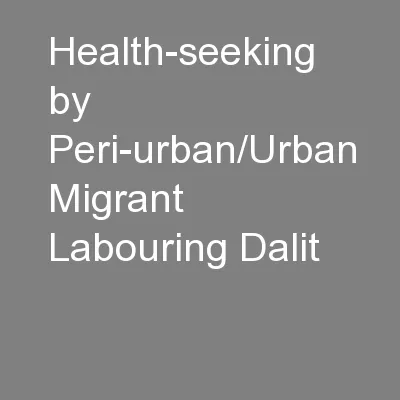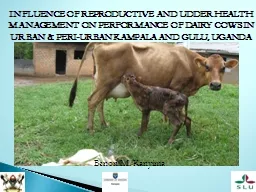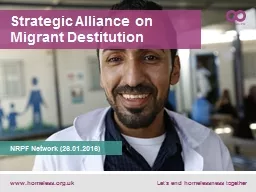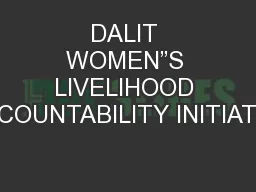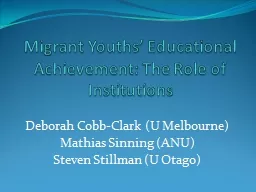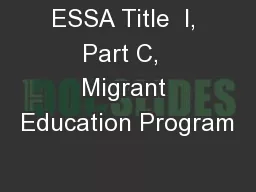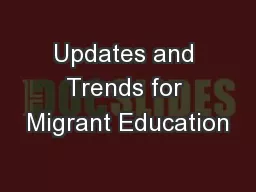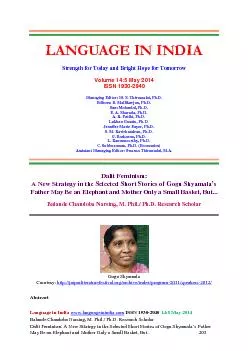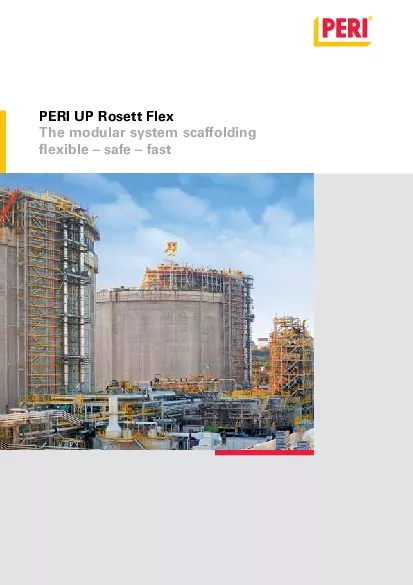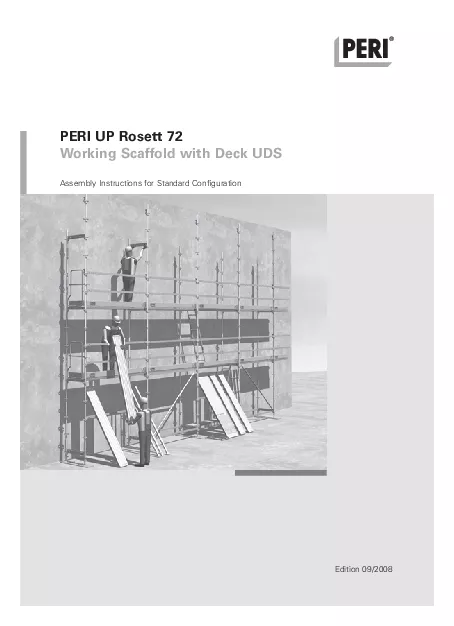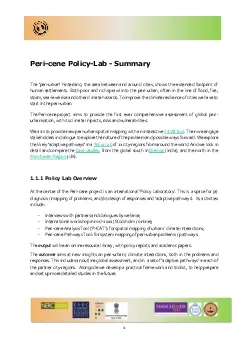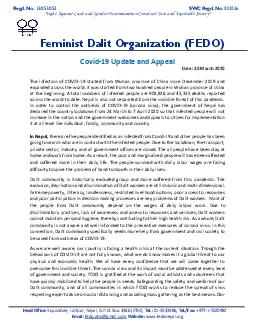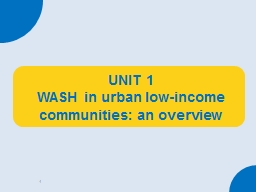PPT-Health-seeking by Peri-urban/Urban Migrant Labouring Dalit
Author : min-jolicoeur | Published Date : 2016-05-14
tracing perceptions over twentyfive years MAGic 2015 Anthropology amp Global Health 911 September 2015 RITU PRIYA Centre of Social Medicine amp Community Health
Presentation Embed Code
Download Presentation
Download Presentation The PPT/PDF document "Health-seeking by Peri-urban/Urban Migra..." is the property of its rightful owner. Permission is granted to download and print the materials on this website for personal, non-commercial use only, and to display it on your personal computer provided you do not modify the materials and that you retain all copyright notices contained in the materials. By downloading content from our website, you accept the terms of this agreement.
Health-seeking by Peri-urban/Urban Migrant Labouring Dalit: Transcript
Download Rules Of Document
"Health-seeking by Peri-urban/Urban Migrant Labouring Dalit"The content belongs to its owner. You may download and print it for personal use, without modification, and keep all copyright notices. By downloading, you agree to these terms.
Related Documents

